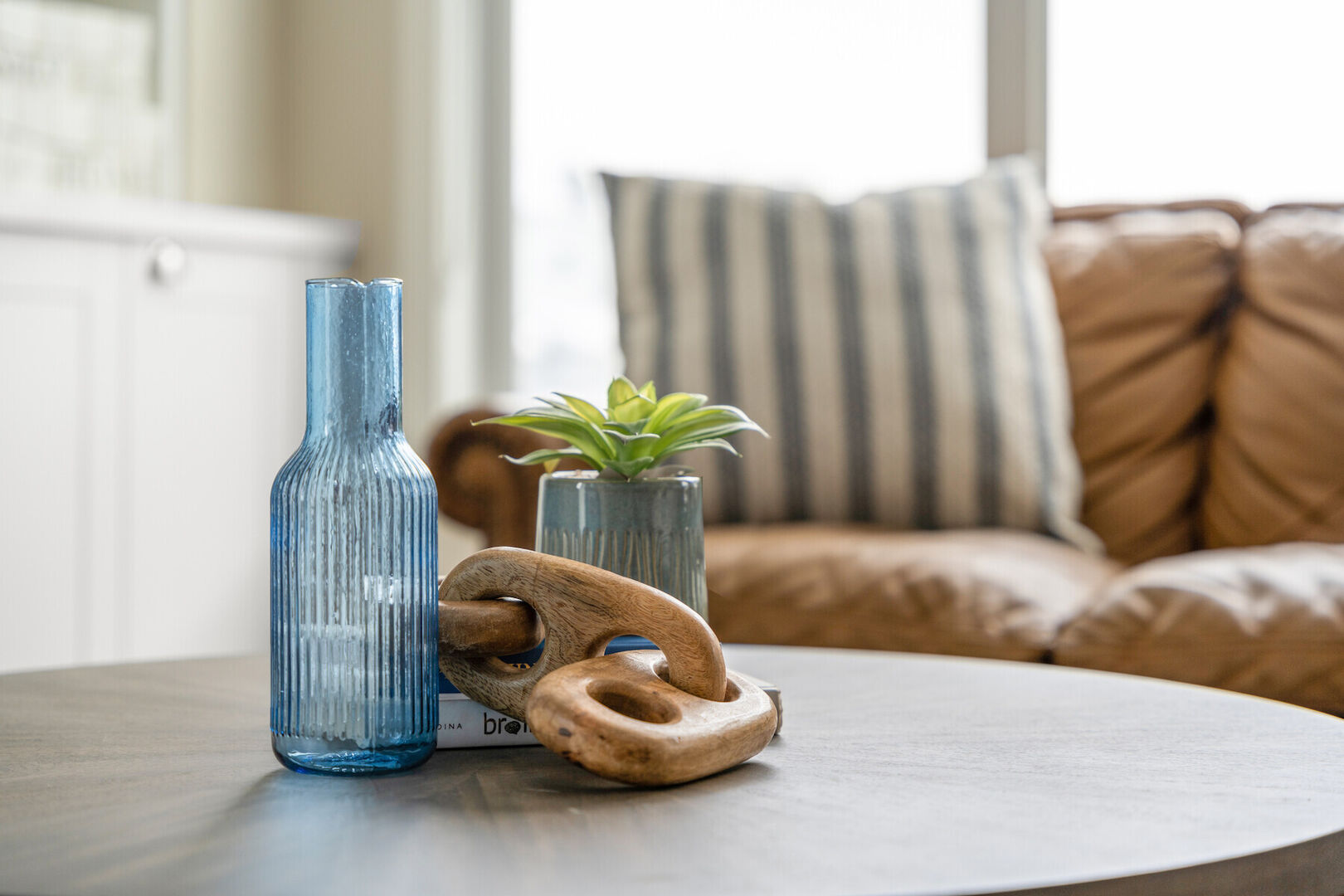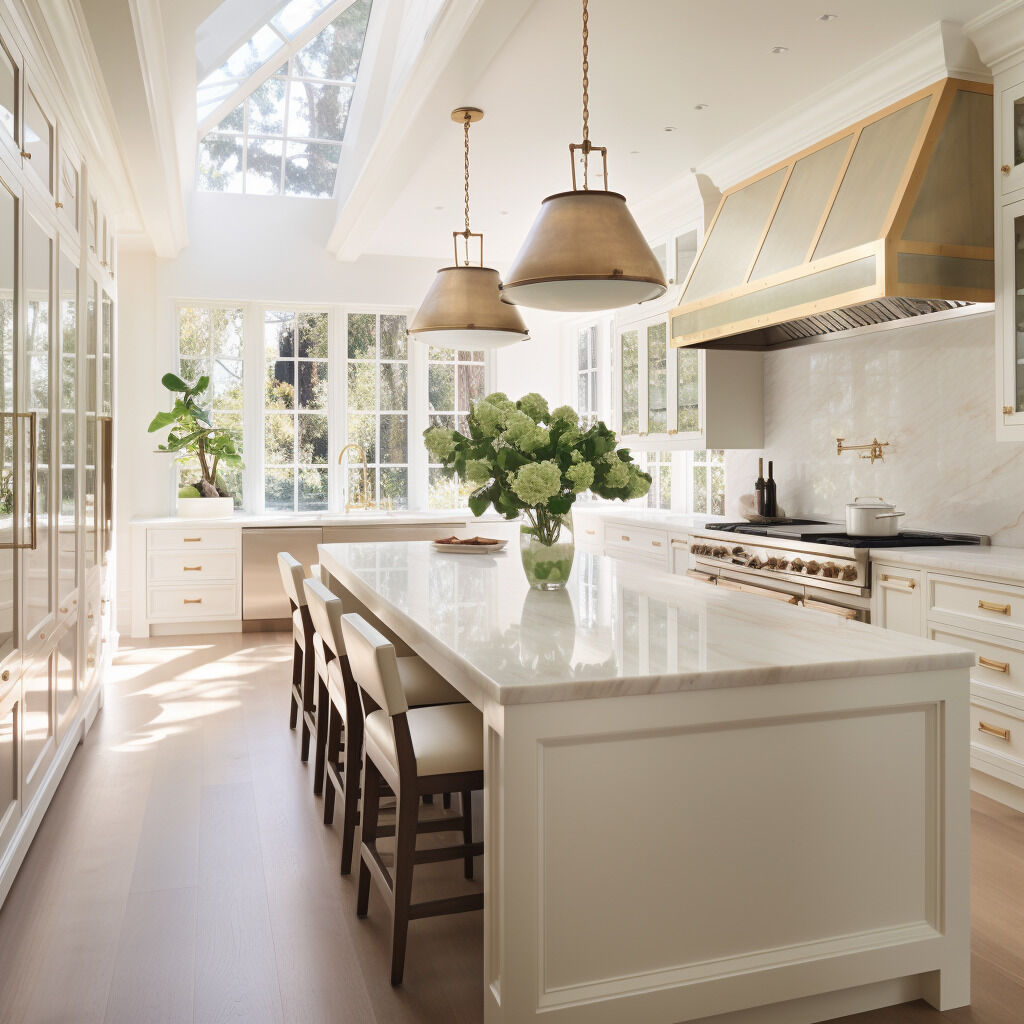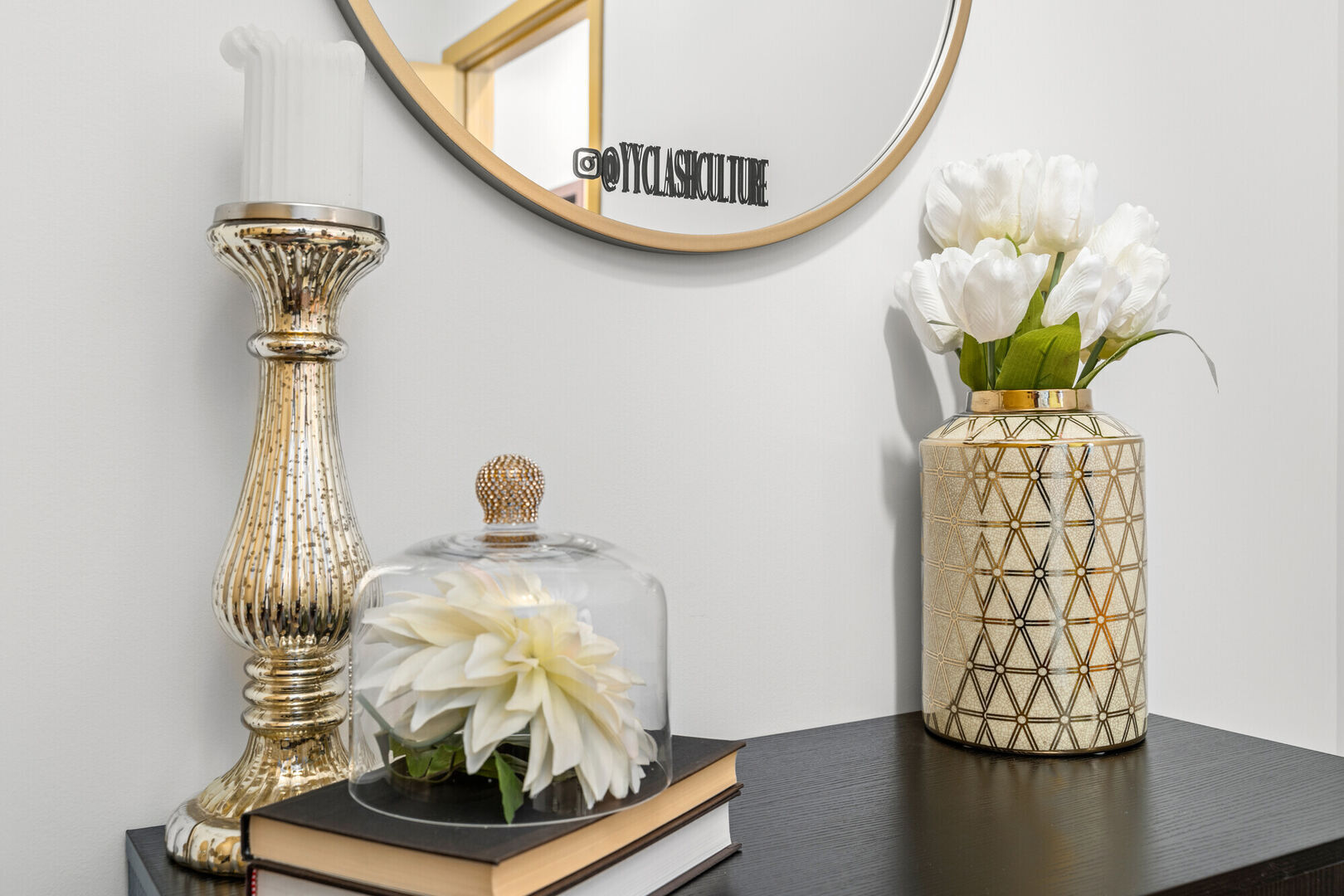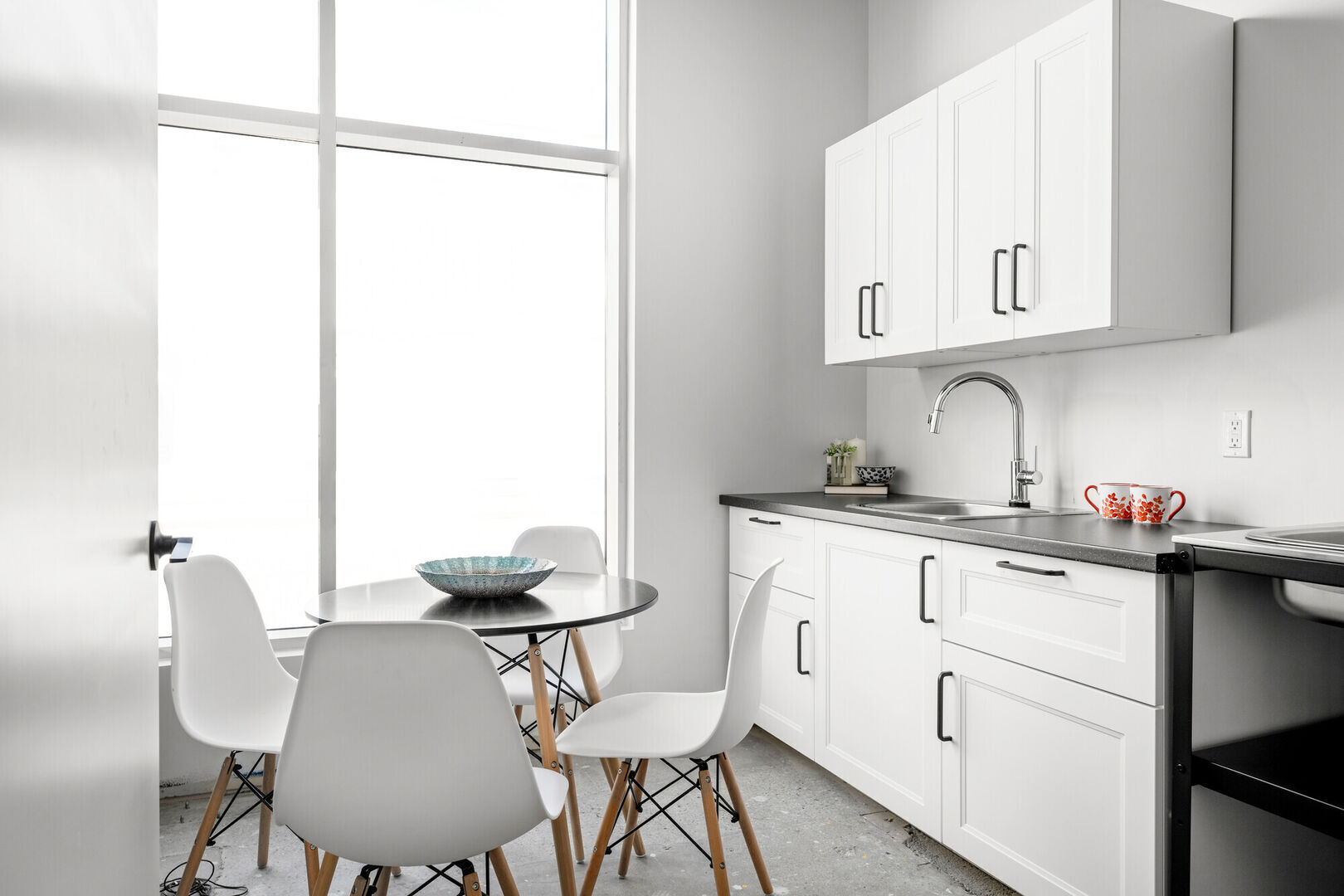7 Important Considerations for Your Interior Design Budget
December 18, 2023 - Michelle Murphy
Setting the right budget for your interior design project is much like laying the foundation for a beautiful building. It’s the essential first step that ensures the success and sustainability of your home’s transformation. Your budget does more than just tally costs – it maps out your choices and priorities, from aesthetic to material and everything in between.
Let’s explore some important factors that influence your interior design budget and how you can create one that meets your style goals and aligns with your financial plan.
Looking for an affordable interior design option? Check out our eDesign services!
7 Factors That Impact Your Interior Design Budget
From the visual appeal to the practicality of your choices, every decision plays a part in your interior design budget.

1. Aesthetic
Aesthetic choices are what give your space its personality and charm, but different styles have different effects on your interior design budget.
You don’t need to spend a fortune to get that magazine-worthy look. It’s all about knowing where to put your money. What speaks to you in a room? Is it a bold colour, sleek furniture, or maybe eclectic art? Once you’ve got that down, you can hunt for budget-friendly alternatives that give you the same vibe.
**Pro tip: Upcycling is a great option for adding a personal touch without upping your interior design budget! **
2. Quality vs Cost
The tug-of-war between quality and cost is real. We all want pieces that look fantastic and last, but sometimes our interior design budget doesn’t quite stretch that far. The trick is to find that sweet spot where quality meets affordability.
For items you use daily, like sofas or beds, splurging a little makes sense because these pieces need to be comfortable and durable. But, there are definitely areas where you can cut costs without sacrificing style. Accessories, accent pieces, or decorative items are perfect examples. These can be more budget-friendly, yet still add tons of personality to your space.
A good strategy is to mix and match. Combine investment pieces with more affordable finds. This approach not only saves money but also gives your space a unique, personal feel. And remember, sometimes the best quality comes from unexpected places – like local decor shops or second-hand stores.

3. Lead Time
To maximize your interior design budget, you’ll want to plan ahead. After all, time is money!
Rush orders or last-minute purchases can blow out your budget and often lead to choices made in haste that you might regret later. Give yourself the luxury of time – start your project early and allow for a comfortable lead time. This approach will reduce stress and open up a wider range of cost-effective options.
Planning also gives you time to compare prices and find the best deals, meaning you can take advantage of seasonal sales, discounts, and promotions.
4. Materials
When you’re on a budget, it might be tempting to go for the cheapest options, but this can be a false economy if those materials wear out quickly or don’t deliver the look you’re after.
Instead, aim for the best quality you can afford. Materials like solid wood, natural stone, or high-grade fabrics might come with a higher upfront cost, but their longevity can make them more cost-effective in the long run.

5. Name Brands
Brand names can be a double-edged sword. On one hand, they can offer credibility and quality. On the other, they can significantly increase your interior design budget.
There are times when investing in a name brand makes sense, like if it’s a statement piece that you’ve always dreamt of, or if a particular brand is known for exceptional craftsmanship in an item you value. But understand that brand names don’t always mean better quality. There are lots of lesser-known brands that offer fantastic quality at more affordable prices. Research and read reviews, and sometimes, you might find that a less famous brand offers something that perfectly fits your needs and budget.
6. Number of Spaces
When you’re designing multiple rooms, you have to be strategic about allocating your resources in a way that each space gets its due attention without overshooting your overall interior design budget.
A good starting point is to prioritize the rooms according to their use and importance. Which spaces do you use the most? Perhaps the living room or kitchen? Maybe the bathroom? These areas might deserve a larger slice of your budget.
Another strategy is to spread out the design process. You don’t have to complete every room at once. Tackling one space at a time allows for more focused spending and might even provide breathing room for your budget. This phased approach also gives you the flexibility to adjust your plans and spending as you move from one room to the next.

7. Long-Term vs Short-Term
When determining your interior design budget, it’s important to identify your long-term and short-term options.
Long-Term
For long-term choices, think about elements that are more permanent or expensive to change, like flooring, built-in cabinetry, or major furniture pieces. These are worth investing more in because they lay the foundation of your space and are used extensively over time.
Short-Term
Short-term choices can be areas where trends play a more significant role or items that are easier and less costly to update. This includes things like wall paint, decorative pillows, or accent pieces. Here, you can be more budget-conscious and playful, which also lets you refresh your space periodically without a hefty price tag. A great option is peel and stick wallpaper which allows for affordable and easy changes.
Conclusion
As you can see, several aspects affect your interior design budget. From aesthetic choices to the impact of quality, material selection, and brand names, each plays a big role in shaping your budget.
For your next interior design project, use these considerations to create a space that resonates with your style and stays within your financial comfort zone. And, if you need help ironing out a budget that works for you, reach out to MMID!